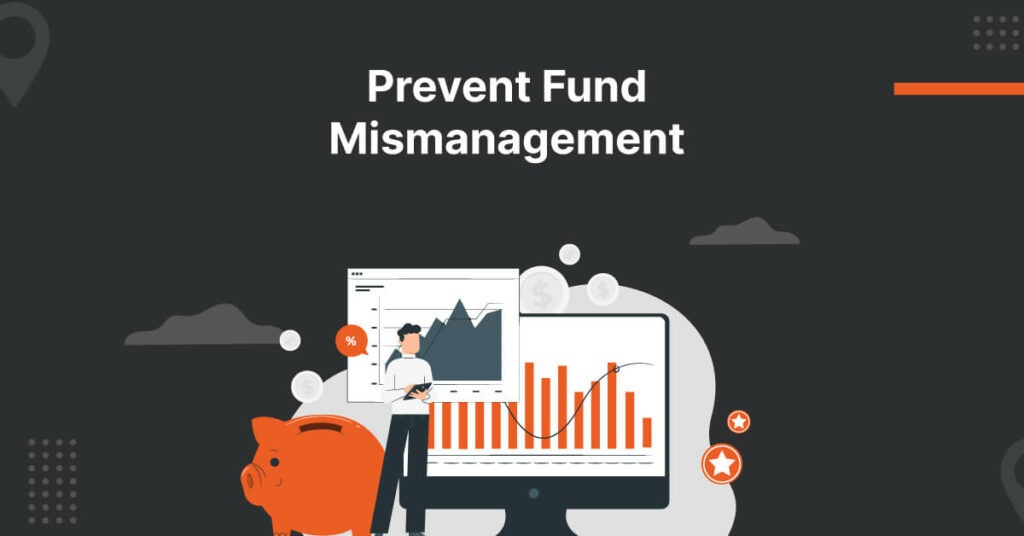
For travel management, categorizing expenses is crucial for gaining visibility into T&E spend. Expense categorization is the process of organizing business expenses into relevant groups or categories. This allows companies to track spending patterns, allocate costs properly, and optimize budgets.
When categorizing individual expenses, identify the appropriate type based on the merchant, receipt details, and the general nature of the expense. Training and clear guidelines on how to categorize expenses will help employees select the right categories. Reviewing categorized expenses can reveal opportunities to refine categories over time.
Importance of Expense Categorization
Some of the many important reasons are listed below:
- Analyze costs and spending trends by category. Identify high-spend areas to reduce.
- Enforce travel policies and budget limits for airfare, hotels, meals, etc.
- Identify duplicate charges and fraud by reconciling expenses.
- Allocate trip costs and reimburse employees accurately.
- Support department or project budgeting, charging expenses to correct codes.
- Simplify regulatory tax and accounting compliance.
How to Categorize Expenses?
There are different ways to categorize expenses, you can do so by:
By Expense Type
Expense categorization by type is one of the most common strategies. This approach categorizes expenses like flights, hotels, meals, transport, etc.
To implement this strategy, determine the key expense types travelers in your organization typically incur. Common categories include airfare, lodging, meals, car rentals, parking, tolls, trains, taxis, entertainment, and more. You can break down broader categories like meals and transport into sub-categories.
By Project or Department
Categorizing expenses by project or department is useful for companies that want to track spending across different business areas. This allows you to see where money is being spent and allocate costs more accurately to specific projects, clients, or internal departments.
When categorizing by project/department, employees should select the appropriate project or department code each time they submit an expense report. Common practice is establishing a list of active codes shared with employees. The project/department should be selected based on the primary purpose of the expenditure.
For example, travel expenses for a client meeting should be assigned to that client’s project code. Expenses incurred while working on an internal initiative should be mapped to the department leading that project. Consolidating expenses in this way makes it easy to analyze spending for forecasting, budgeting, billing, or cost management purposes.
By Traveler
Categorizing expenses by employee or traveler allows companies to track individual spending and reimbursements. This strategy provides visibility into which employees submit the most expenses and where money is being spent.
With expense categorization by traveler, it’s easy to run reports filtered by a specific person. Finance teams can closely analyze trends for top spenders, identify outliers, create custom approval workflows based on past behavior, and more. Personalized expense limits can also be configured to control costs.
Setting up rules for how to categorize expenses for travelers is another way to optimize expense analysis. For example, the system can flag costs over a set limit for manager approval or trigger a workflow when certain employees submit an airfare expense.
By Location
Categorizing expenses by location or geography can provide useful insights into spending patterns and budgets. This method involves tracking expenses based on the destination or trip location.
For example, a company could break down expenses by:
- City
- State/Province
- Country
- Region
By Vendor
Categorizing expenses by vendor or supplier paid is an effective way to track spending per vendor. This allows you to analyze which vendors your business spends the most with, negotiate better rates if one vendor receives a disproportionate amount of business, and potentially identify fraudulent or erroneous charges if a suspicious vendor appears.
By Time Period
Categorizing expenses by time period allows you to view monthly, quarterly, or annual spending. This can reveal spending trends and patterns.
Monthly- Expense categorization by month to see fluctuations in spending month-to-month. This allows you to spot seasonal spending spikes.
Quarterly- Group expenses by fiscal quarter to identify quarterly trends. Seeing spikes in Q1 or Q4 can inform budgeting.
Annual- A yearly categorization gives the big picture. Compare annual totals year-over-year to identify increasing or decreasing expenses.
Viewing expenses through a time-based lens provides insight into how to categorize expenses, including spending changes over months, quarters, and years. This helps inform future budgeting and forecasting.
Automated Categorization
Automated expense categorization using AI can help streamline the categorization process and improve efficiency. Some travel management software platforms offer automated categorization where expenses are categorized using machine learning algorithms.
The algorithms analyze vendor, purchase descriptions, date, location, and amount data to identify patterns and categorize expenses accordingly. Over time, the algorithms continue to learn and improve accuracy.
Key benefits of automated categorization include:
- Faster processing and expense categorization, reducing manual work.
- More consistent and accurate categorization based on technology rather than human judgment.
- Reduced errors and rework. Automation eliminates mistakes.
- Ability to auto-code expenses to the appropriate categories without employee input.
- Better data for analyzing spending patterns when expenses are categorized correctly and consistently.
Best Practices
When categorizing expenses, following some best practices for optimal results is important. Here are some top tips:
Create a standardized expense categorization guide: Having clear guidelines on categorizing different expenses makes the process consistent across your organization. Include categories, definitions, and examples.
Train employees on proper expense categorization: Educate employees on your classification system and expense policies so they know how to tag expenses properly. Refresh training periodically.
Leverage automation: Use automated tools in your expense system to pre-categorize expenses based on merchant codes, receipt data, user profiles, etc. This saves time and enhances accuracy.
Perform regular audits: Spot-check expense reports and categories to catch any errors and provide feedback to employees to improve compliance.
Update categories as needed: As your business evolves, you may need to modify expense categories. Retire outdated categories and create new ones when major changes occur.
Categorize at the time of transaction: Doing expense categorization correctly when they occur, such as during corporate card use, leads to more accurate categorization.
Common Challenges With Categorization
With some forethought and continued management, businesses can optimize their expense categorization to be more organized, accurate, and actionable. Taking the time to set it up properly provides many long-term benefits. Categorization errors can happen due to unclear policies, oversight, or lack of training. Here are some potential issues and ways to address them:
- Employees put expenses in vague, generic categories like “miscellaneous” or “general expenses”. Provide specific categories and definitions for them to use.
- Expenses are categorized incorrectly. Review reports with employees and explain proper classifications for future cases.
- Employees are inconsistent in how they categorize the same type of expense. Establish clear guidelines and share examples for commonly miscategorized expenses.
- Expenses don’t fit existing categories. Evaluate if new categories are needed when unusual expenses arise frequently.
With some forethought and continued management, businesses can optimize their expense categorization to be more organized, accurate, and actionable. Taking the time to set it up properly provides many long-term benefits.
Conclusion
We hope this blog helped you understand how to categorize expenses. To automate categorization, you can choose itilite expense management software. Moreover, customization is at the heart of our primary approach. Our software is designed to adapt to the unique needs of your business, allowing you to define categorization rules that align with your specific industry, policies, and financial objectives. It’s not just automation; it’s automation crafted for you.
Make the smart choice. Choose itilite and witness the transformation of your expense management into a seamless, automated, and effortlessly efficient process.
Book a free demo with us to know more.













